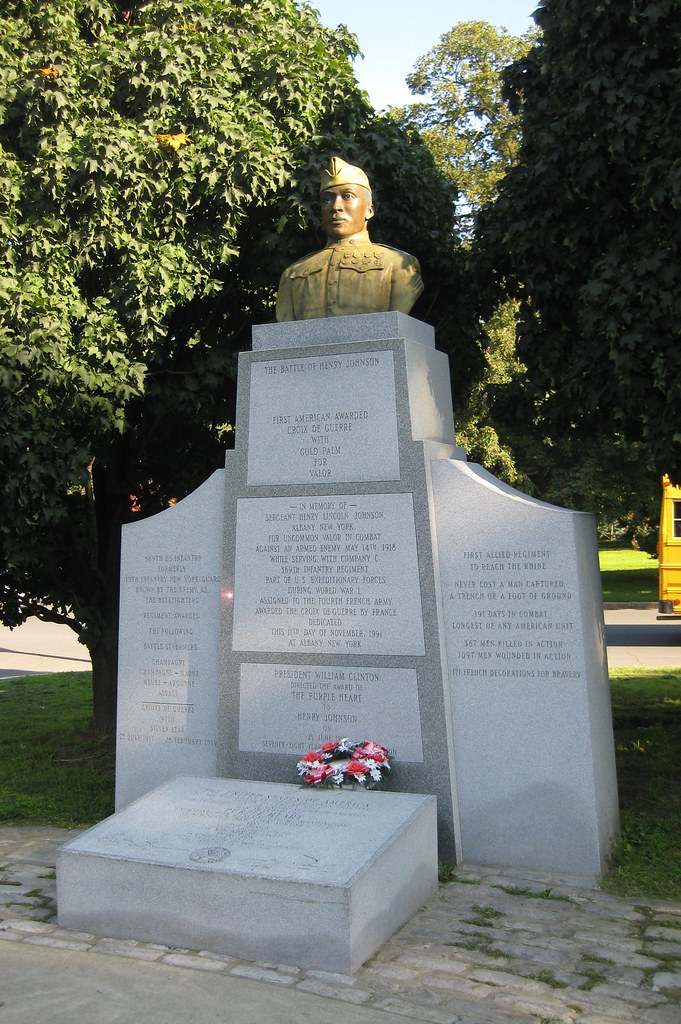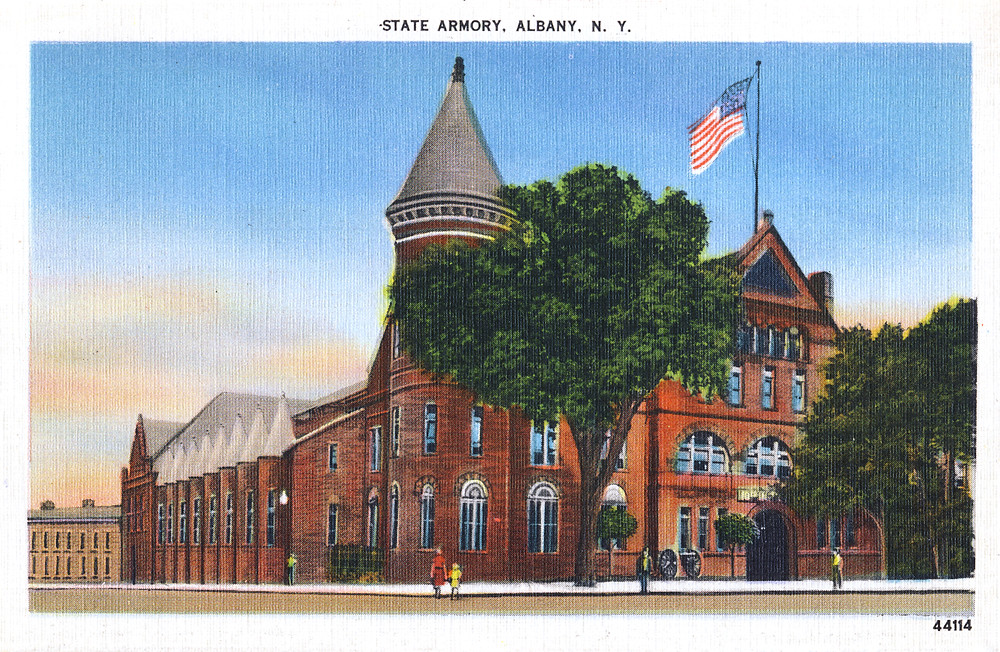https://mapsengine.google.com/map/edit?hl=en&hl=en&authuser=0&authuser=0&mid=zGg8oF4Nd4wA.kw9C9C9giQrw
1. Israeli AME Church; The Israeli AME Church served as a station on the Underground Railroad, It was established in 1828. Harriet Tubman slept on the east wall of the basement, and several areas in the church have labeled as hiding places for slaves. Abolitionists, including Frederick Douglas visited Israel Church.
“Israel AME Church – History.” Israel AME Church – History. Accessed February 29, 2016. http://www.israelame.org/fiamac history.html.
Albany City Hall; “Albany has had three buildings for its City Hall. In the earliest period city government functions were carried out from a building on Broadway. Later, in the mid 1830s, a building was built on Eagle Street. This building played a role in the City’s history and also in the City’s Underground Railroad story.” The Eastern New York Anti-Slavery Society was formed in 1842. The organizing meeting,was held in the old City Hall building in Albany.
“Underground Railroad Sites In The City Of Albany – Underground Railroad History Project.” Underground Railroad History Project. Accessed February 29, 2016. http://undergroundrailroadhistory.org/underground-railroad-sites-in-the-city-of-albany/.
The New York State Capitol Building; The New State Capitol Building was not the original site but plays the part of emancipation laws being accepted by new york state legislative during the 1800’s.
The Albany Public Library; William H Johnson, a black abolitionist. After a career including the Underground Railroad, he put together an autobiography. A copy can be found in the Pruyn Room of the Albany Public Library and in the New York State Library Archives.
“William H. Johnson” Accessed February 29,2016. http://www.aaregistry.org/historic_events/view/abolitionist-william-h-johnson-born
Stephen and Harriet Myers 194 Livingston ave; Myers is one of the most important figures in the local story because he was regarded as the Superintendent of the Underground Railroad in Albany in the 1850s. He and his wife no doubt assisted hundreds, and perhaps thousands, of fugitive slaves seeking freedom in the north and Canada.\
“Underground Railroad Sites In The City Of Albany – Underground Railroad History Project.” Underground Railroad History Project. Accessed February 29, 2016. http://undergroundrailroadhistory.org/underground-railroad-sites-in-the-city-of-albany/.
2. Google estimates the walk will take 41 minutes.
3. The theme of my Walking Tour is how certain sites in Albany were connected or used during the Underground Railroad era, and some of the abolitionist who assisted or were activists during this time period as well. The story of my tour will connect all my sites to specific people or government movements that helped fight for the emancipation of slavery. In my opinion the audience of my tour will be educators and school aged people ranging from adolescents to college students. I plan for my tour to be very educational and informative as well as entertaining the impact of local history on the local community. My aspirations for this tour is that visitors will respect how the importance of local history impacted America on a larger scale. I would also like for my tour to teach visitors that when they seek change, they must become the change they seek.
4.
http://www.blackpast.org/files/blackpast_images/Stephen_A__Myers.jpg
This is an actual photo of Stephen Myers, the image rights belong to the Public Domain.
https://en.m.wikipedia.org/wiki/Albany_City_Hall#/media/File%3AAlbany_City_Hall_1832.png
Albany City Hall in the 1800’s, that ultimately burnt down. The image rights belong to the Public Domain.
5. Prices for admissions of all five places?
How do I make this educationally interesting?
Should I exchange a site for the albany museum for educational purposes, or just add it to the actual tour?



